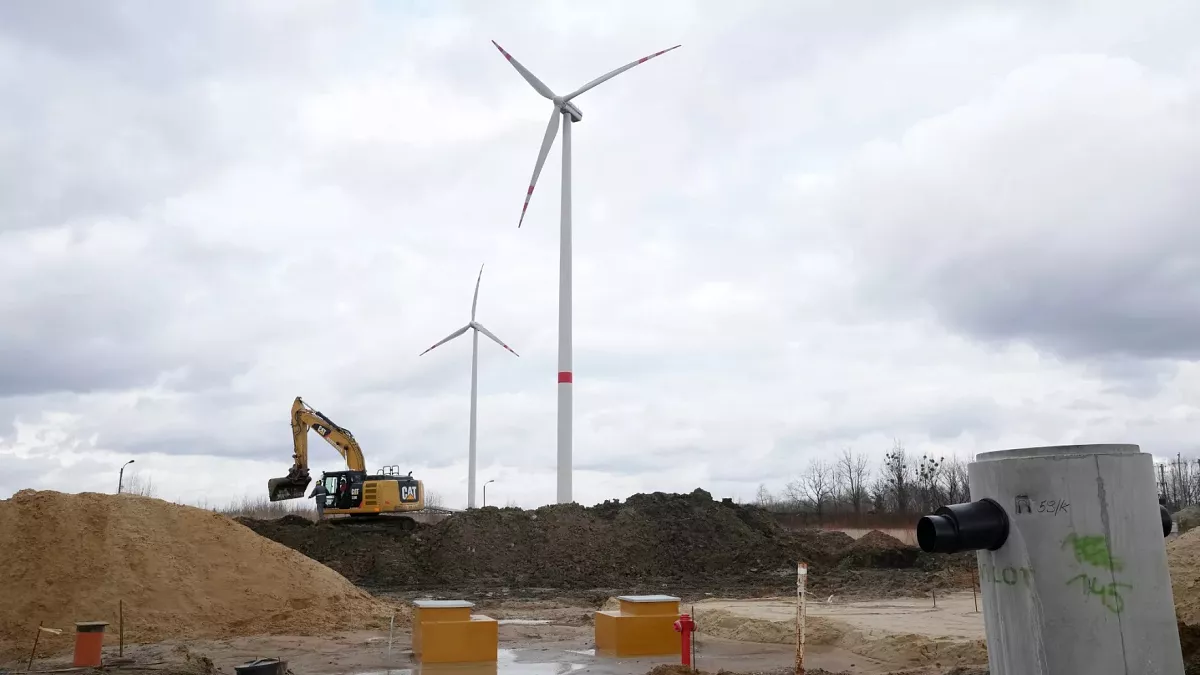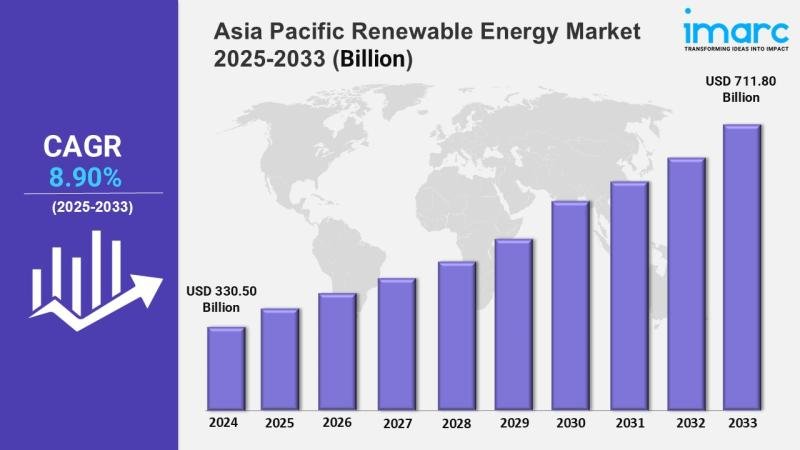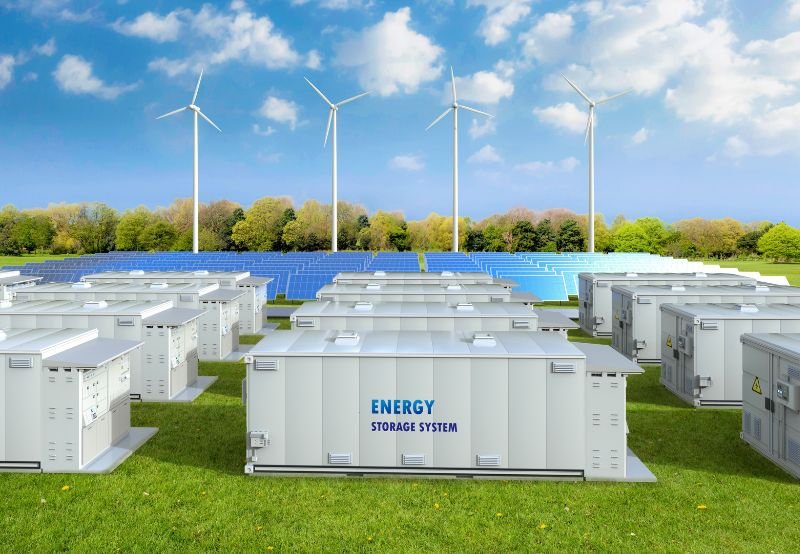In June 2025, Poland reached a historic point in its energy landscape as renewable energy sources generated more electricity than coal for the first time. Preliminary estimates from the Energy Forum indicate that renewables accounted for 44.1% of the country’s electricity, while coal and lignite plants produced 43.7%. This shift marks a significant change in the nation’s energy mix, which has traditionally relied heavily on fossil fuels.
Throughout the second quarter of 2025, coal’s contribution to the energy mix averaged 45.2%, indicating that less than half of the electricity produced came from this source for the first time in Poland’s history. Despite this progress, fossil fuels still dominate the energy sector, with natural gas plants contributing a notable portion of the remaining electricity.
The surge in renewable energy generation can largely be attributed to advancements in photovoltaic (PV) technology and favorable weather conditions. According to Dr. Maria Niewierko from the Energy Forum, Poland’s installed solar capacity increased by 24% from the previous year, reaching 23 GW. Just five years ago, the country had only 2 GW of solar installations. Additionally, the wind energy sector saw double the generation output compared to the previous year due to particularly windy conditions in June.
However, the beginning of July indicated a slight decline in renewable energy’s share of electricity generation, dropping to around 33-34%. Industry experts warn that this trend may worsen in winter when solar energy production typically decreases.
Poland faces challenges in fully realizing its renewable energy potential. Barriers to the energy transition persist, particularly in the development of onshore wind energy, which has been largely stalled since 2016. Recent efforts to ease regulations are underway, but the approval of key legislation is pending presidential signature, creating uncertainty for future wind projects. Meanwhile, plans for the country’s first nuclear power plant are also delayed, with operational timelines extending from 2033 to potentially 2036.
Sebastian Skolimowski from PAD RES emphasizes the need for infrastructure upgrades, stating that outdated transmission grids and insufficient energy storage hinder optimal renewable energy use. Investments in grid enhancement, energy storage solutions, and stable policies are crucial for maximizing renewable energy deployment in Poland.
Despite the reduction in coal consumption by 38% over the last two decades, Poland remains heavily reliant on fossil fuels. Oil and natural gas consumption has risen by 41% and 43%, respectively, raising concerns about the country’s overall energy independence. In 2024, Poland spent PLN 112 billion on fossil fuel imports, highlighting the financial impact of its energy reliance.
The Energy Transition of Poland 2025 report reveals that Poland ranks among the world’s highest emitting economies, trailing only Kuwait, South Africa, Kazakhstan, and China. The ongoing dependence on imported fuels underscores the need for a more robust and diversified energy strategy to mitigate environmental impacts and secure energy independence.




